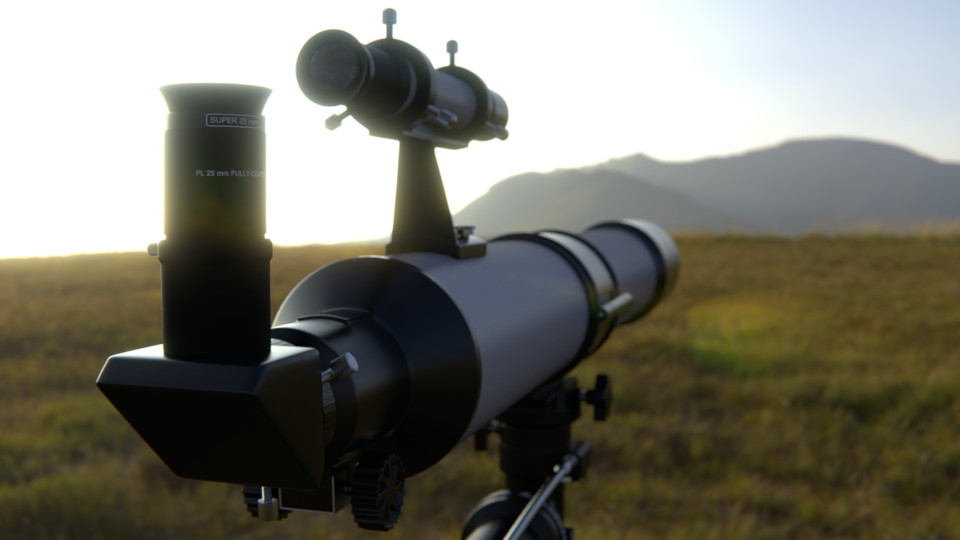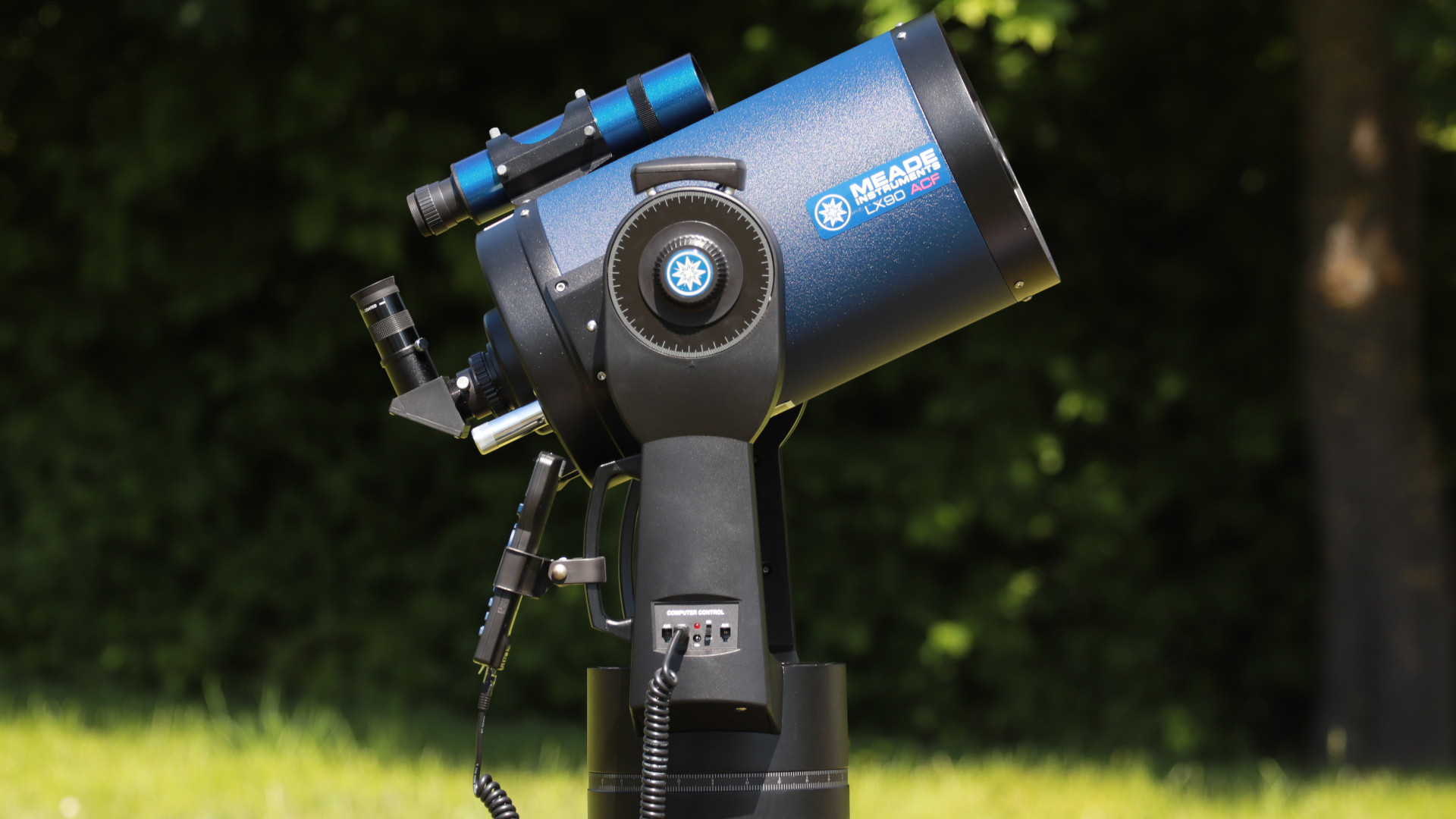Observing with binoculars
Relaxed observing with both eyes - with these tips, you too can find binoculars for observing the sky.

Every amateur astronomer should have binoculars as well as a telescope. They can be used in a variety of ways, both for observing during the day and for star-gazing at night. The following tips will make the selection easier.
The view is completely different
Binoculars are the most inexpensive telescope imaginable (if you don't take the premium versions into account). Besides, you can enjoy the impression of a three-dimensional image with them, thanks to their binocular construction. And there’s another advantage of binoculars: their large field of view.
Binoculars provide wonderful overviews of the night sky. In summer, you can take a stroll through Sagittarius’ nebulae with your binoculars, and return later with your telescope for a closer look. Binoculars are light and handy and can be taken everywhere. A well-known saying is “the best telescope is always the one you have to hand”.
Which binoculars should you choose?
There’s just one problem: which binoculars should you choose for which observation purposes? The choice is huge, and finding the right one doesn't seem so easy.
No more than 10-times magnification
Just as with a telescope: the larger the aperture, the greater the light-gathering power, and the fainter the objects that can be distinguished in the sky. Also, the optics’ magnification, and with it the hand-shake effect, plays a significant role. There is a practical limit to the magnification for hand-held operation, it lies at around 10 times. Above this, greater magnification brings no benefit; the hand-shake becomes so noticeable that you cannot enjoy observing, and a tripod should definitely be used.
What is the difference between Porro prism and roof prism binoculars?
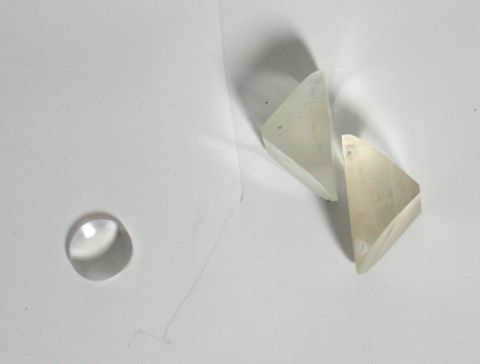
The difference between Porro prism and roof prism binoculars is primarily the different prism systems used in order to correct the inverted image produced. These are, as the name indicates, Porro prisms or roof prisms. To put it simply, the light path in Porro prisms has a rectangular shape, whereas the light in roof prisms follows a triangular path in the shape of a house roof.
Meanwhile, roof prism binoculars are somewhat more popular than Porro binoculars. The appearance of the binoculars is quite different. The objective lenses in Porro binoculars are further apart than the eyepieces. The roof prism systems are more compact and more slender.
The reason for this is the different prism designs. Porro prisms have a relatively bulky form. The advantage of Porro prism binoculars is that you get a three-dimensional image impression. Porro binoculars have an external focus wheel, whereas roof prism binoculars have a internal focus worm. This focus mechanism is often preferred over that of the Porro binoculars, because it is often more stable and better protected against moisture.
Generally, it is difficult to say which binoculars are most suitable. Of the two construction types, there are good and not so good binoculars. However, it is considerably more complex to manufacture good roof prism binoculars, therefore you should keep a particularly watchful eye in the low-price segment and seek advice.
Recommendations for roof prism binoculars
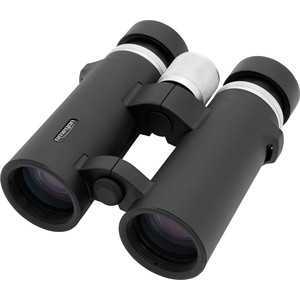
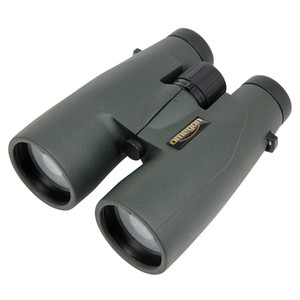
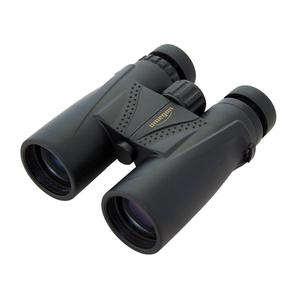
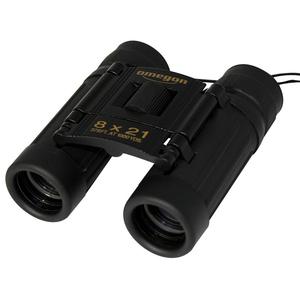
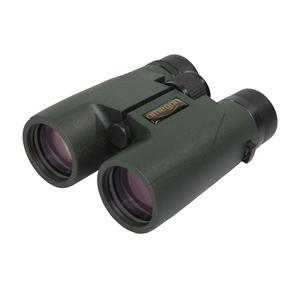
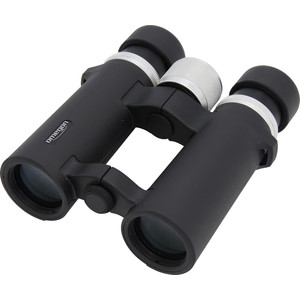
Recommendations for Porro prism binoculars
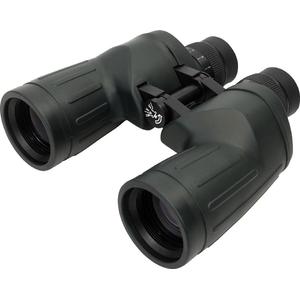
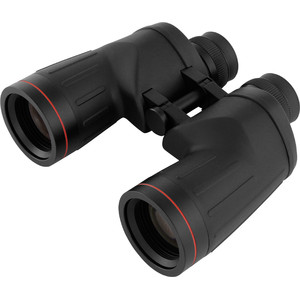
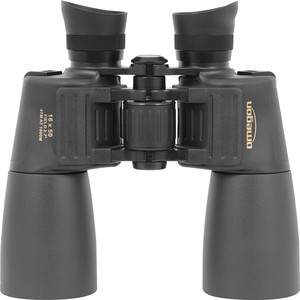
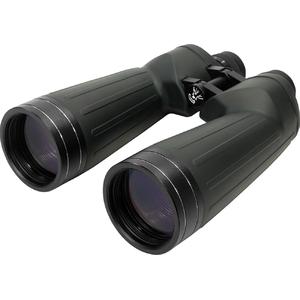
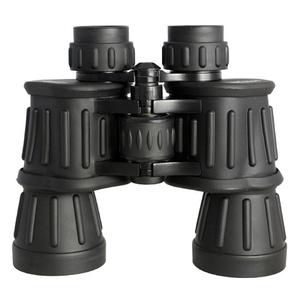
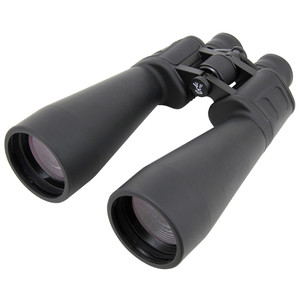
10x50? What is that?
This type of abbreviation can be found for any binoculars that you can buy from us. It specifies the magnification and the size (aperture) of the binoculars’ objective lens. The first number represents the magnification, in this case therefore it is a magnification of 10x. The second number represents the size of the objective lens, which is always expressed in millimetres. A 10x42 binoculars therefore has a 42 mm objective lens.
Just as light enters the binoculars, a certain amount of light will understandably exit at the other end. How much light exits the binoculars depends on its aperture and magnification. The beam of light from the eyepiece enters the eye, and is converted into a decipherable image with the help of the brain.
The eye's iris
The glasses' exit pupil is an important factor for observing purposes. But first, let’s have a look at the human eye: the pupil has a diameter of around 5-8 mm. At night, when it is dark, the pupil opens the widest, so that as much light as possible can enter the eye. In younger people, the pupil can dilate by up to 8mm at night. In older people, the pupil’s maximum dilation is smaller.
Info: The exit pupil (AP) refers to the width of the beam of light which exits the binoculars or eyepiece. This means that the exit pupil should not be greater than the aperture of the eye's pupil (or ideally equal to EP, the entrance pupil of the eye), otherwise light is lost.
Tripod thread
When buying binoculars, besides choosing the best possible optical quality, you should also consider whether you need a tripod adapter so that you can later enjoy observing in complete peace and relaxation using a tripod.
The calculation of the EP is as follows:
EP = D / M
D= aperture
M = magnification (binoculars)
- Example 1: EP = 50 mm/10x = 5 mm
- Example 2: EP = 30 mm/10x = 3 mm
- Example 3: EP = 80 mm/12x = 6.6 mm
What is resolution?
The optics’ resolving power also plays a role. The resolving power is the optics' theoretic ability to separate two objects that are close together. However, there are also external influences, such as the Earth’s atmosphere, which limit resolution.
Binoculars’ resolving power can be calculated using the following formula:
σ = 120 / objective lens aperture in mm
- Example 1: 10x30 120/30= 4“
- Example 2: 8x40 120/40= 3“
- Example 3: 8x50 120/50= 2.4“
The resolving power is given in arc seconds.
Using the examples, you can clearly see that with increasing apertures the optics’ resolving power increases, and objects that are ever closer to one other can be separately identified. This is important, for example, for double stars.
There are various theoretic data that are quite interesting to use in order to compare different binoculars. There are, for example, binoculars for day and night use. They have different diameters and magnifications. The binoculars’ performance can be calculated.
Daytime performance
DP= 0.6 x M
- Example 1: 10x30 0.6x10= 6
- Example 2: 8x40 0.6x8= 4.8
- Example 3: 8x50 0.6x8= 4.8
We can calculate binoculars’ daytime performance using this formula. We are comparing the same three binoculars from the previous example.
You can see that the binoculars in examples 2 and 3 have the same daytime performance, here the magnification is decisive.
Twilight performance
TP = 0.3 x square root (M x D)
- Example 1: 10x30 = 5.2
- Example 2: 8x40 = 8.4
- Example 3: 8x50 = 6.3
If the twilight performance is greater than the daytime performance, it can be assumed that the binoculars are best for nighttime use.
With the 10x30 binoculars in example 1 it can be said that these are universal binoculars.
Nighttime performance
NP = 0.1 x D
- Example 1: 10x30 LN = 0.1x30 = 3
- Example 2: 8x40 LN = 0.1x40 = 4
- Example 3: 8x50 LN = 0.1x50 = 5
You can see that Example 3 has the best characteristics for nighttime use in that it has the largest aperture and is therefore also best suited for observing at night.
Light intensity
= EP² = (D/M)²
- Example 1: 10x30 (30/10)² = 9
- Example 2: 8x40 (40/8)² = 25
- Example 3: 8x50 (50/8)² = 39
Example 1 with a value of 9 are binoculars for daytime use. With 39, Example 3 can be described as binoculars for night use (although there are other considerably more powerful nighttime binoculars) and example 2 lies between the two.
Twilight factor
TF = square root (M x D)
- Example 1: 10x30 = 17.3
- Example 2: 8x40 = 17.4
- Example 3: 8x50 = 20.0
The twilight factor is intended to ease the comparison of different binoculars.
All these values and calculations are actually only used for theoretical comparison. However, they help you narrow down the selection and find the right device for you. What you also need to consider is that in practice, all binoculars have to contend with some degree of light loss, which somewhat reduces the performance.
Losses and reflection
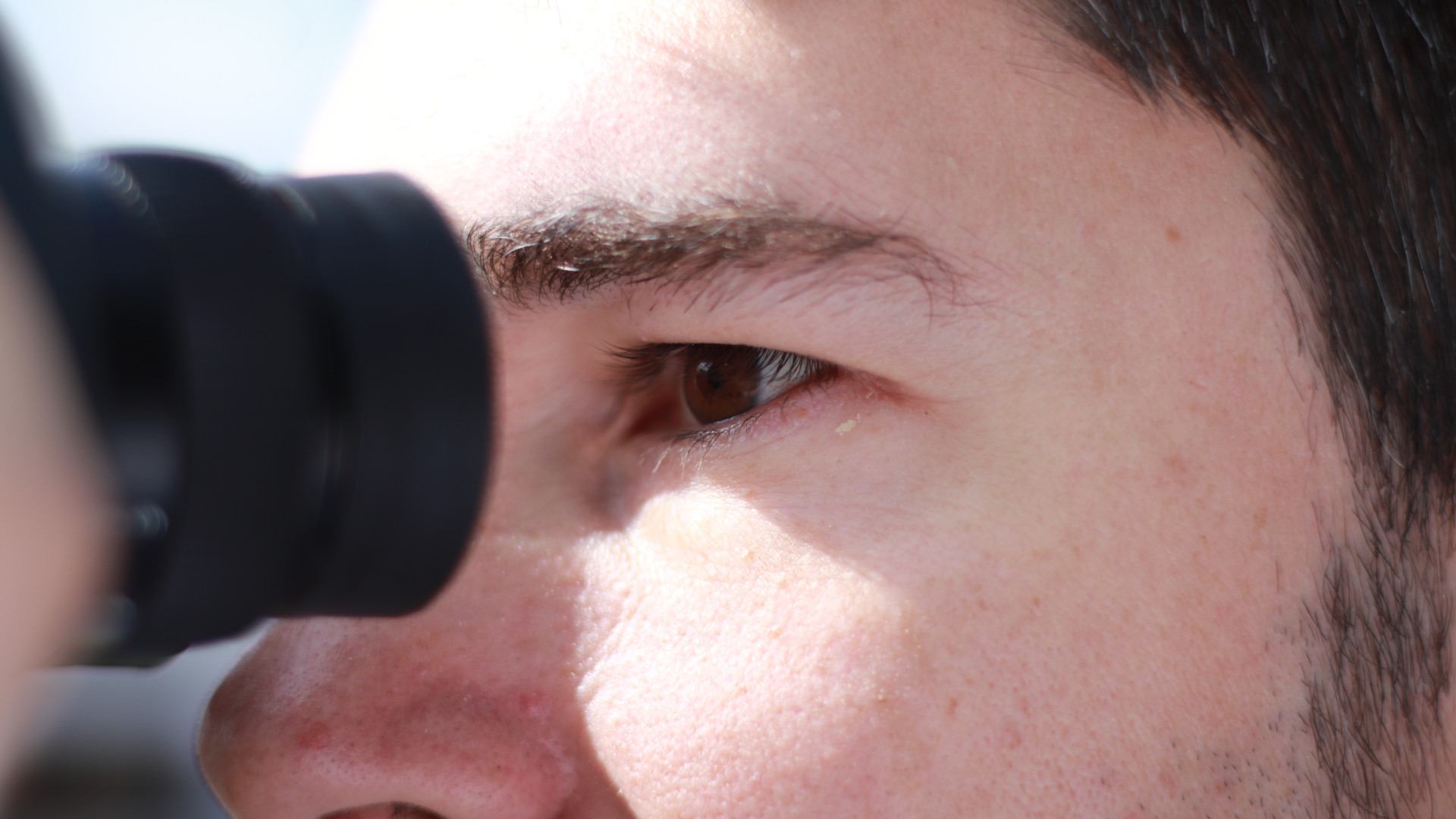
The quality of a pair of binoculars also depends on the accuracy of its surfaces, polishing, and above all, coating. That's why there are also great differences in price:
If expensive glass is used there is, for example, on average 18% reflection losses in the anti-reflection coating, 5% loss due to absorption in the glass, and additionally there may also be light dispersion, which should not arise with high-quality glass.
If cheaper glass is used, there is on average a loss of light due to reflection in the coating of 40% and an absorption loss of around 20% in the lenses. Light dispersion loss is around 10% compared to 0% for expensive high-quality glass. All these losses must always be taken into account in practice.


